Description
OxyContin (Oxycodone HCL) 80mg Tablets
OxyContin 80mg (Oxycodone HCl) is a strong prescription opioid designed for the management of severe, chronic pain. This detailed educational guide provides comprehensive information on its uses, mechanism of action, dosing considerations, side effects, and critical safety warnings. Intended for educational purposes and healthcare reference, it emphasizes safe handling, medical supervision, and awareness of potential risks.
What is OxyContin 80mg?
OxyContin is a controlled-release opioid analgesic containing Oxycodone HCl. It is prescribed for severe, long-term pain that cannot be managed by non-opioid medications.
Key points:
-
Controlled-release formulation provides long-lasting pain relief.
-
Used in chronic conditions, including cancer pain or severe musculoskeletal disorders.
-
Designed for patients requiring round-the-clock pain management.
Important: OxyContin should only be used under strict medical supervision and is not intended for recreational use.
Mechanism of Action
Oxycodone HCl, the active ingredient, works by:
-
Binding to mu-opioid receptors in the central nervous system
-
Blocking pain signals sent to the brain
-
Providing long-lasting analgesia for chronic pain patients
The controlled-release mechanism ensures steady pain control over 12 hours, reducing peaks and troughs in pain relief.
Dosage and Administration
-
Available in 80mg controlled-release tablets.
-
Dosing is determined by a healthcare professional based on pain severity, previous opioid exposure, and patient tolerance.
-
Tablets must be swallowed whole; never crush or chew, as this can cause rapid release and overdose.
-
Not intended for acute pain relief due to its extended-release design.
Common and Serious Side Effects
Understanding potential side effects is essential for safe use:
Common side effects:
-
Drowsiness or dizziness
-
Nausea and vomiting
-
Constipation
-
Sweating or itching
Serious side effects (seek immediate medical attention):
-
Respiratory depression or difficulty breathing
-
Severe allergic reactions
-
Risk of dependence, abuse, or overdose
-
Liver or kidney complications in long-term use
Boxed Warnings and Safety Precautions
It carries critical Boxed Warnings:
-
Addiction, Abuse, and Misuse: High potential for dependence
-
Respiratory Depression: Can be life-threatening, especially in opioid-naive patients
-
Accidental Ingestion: Fatal in children or unintended users
-
Interactions: Avoid combining with alcohol or CNS depressants
Safe Handling and Storage
-
Store in a secure, childproof container
-
Keep in a cool, dry place
-
Only use for authorized medical or educational purposes
Educational Insights on OxyContin
It is widely studied in pharmacology, pain management, and healthcare education:
-
Demonstrates the mechanisms of long-acting opioid analgesics
-
Highlights the risks and benefits of chronic opioid therapy
-
Provides educational insights into safe dosing, monitoring, and patient care strategies
Conclusion
OxyContin 80mg (Oxycodone HCl) is a potent, long-acting opioid for managing severe chronic pain. Understanding its mechanism, dosing, side effects, and Boxed Warnings is essential for educational, research, and healthcare purposes. Kdothealing provides accurate, reliable information to support students, educators, and healthcare professionals in learning about opioid pharmacology, chronic pain management, and safe handling practices.
Frequently Asked Questions
1. What is OxyContin 80mg used for?
Long-term management of severe chronic pain that requires continuous opioid therapy.
2. How long does OxyContin last?
Typically provides 12-hour pain relief due to its controlled-release formulation.
3. Can OxyContin be used for short-term pain?
No, it is designed for chronic pain, not acute or post-surgical pain.
4. What precautions should I take?
Avoid alcohol, CNS depressants, and never alter the tablet (crush or chew). Always follow medical guidance.
5. Is OxyContin safe?
It is safe only under strict medical supervision, with awareness of dependence, side effects, and drug interactions.

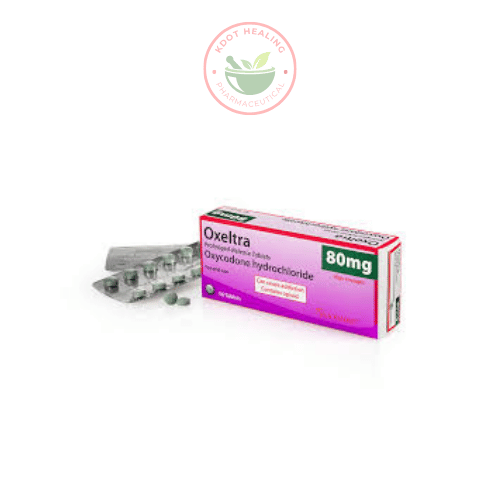
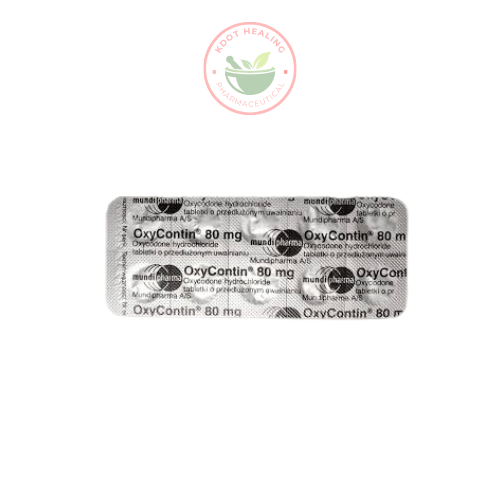

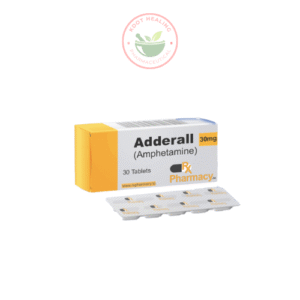
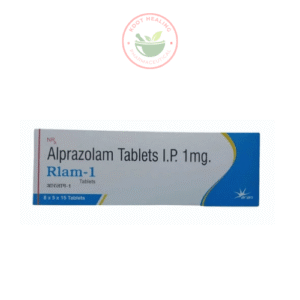
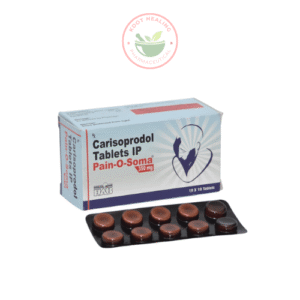
Reviews
There are no reviews yet.